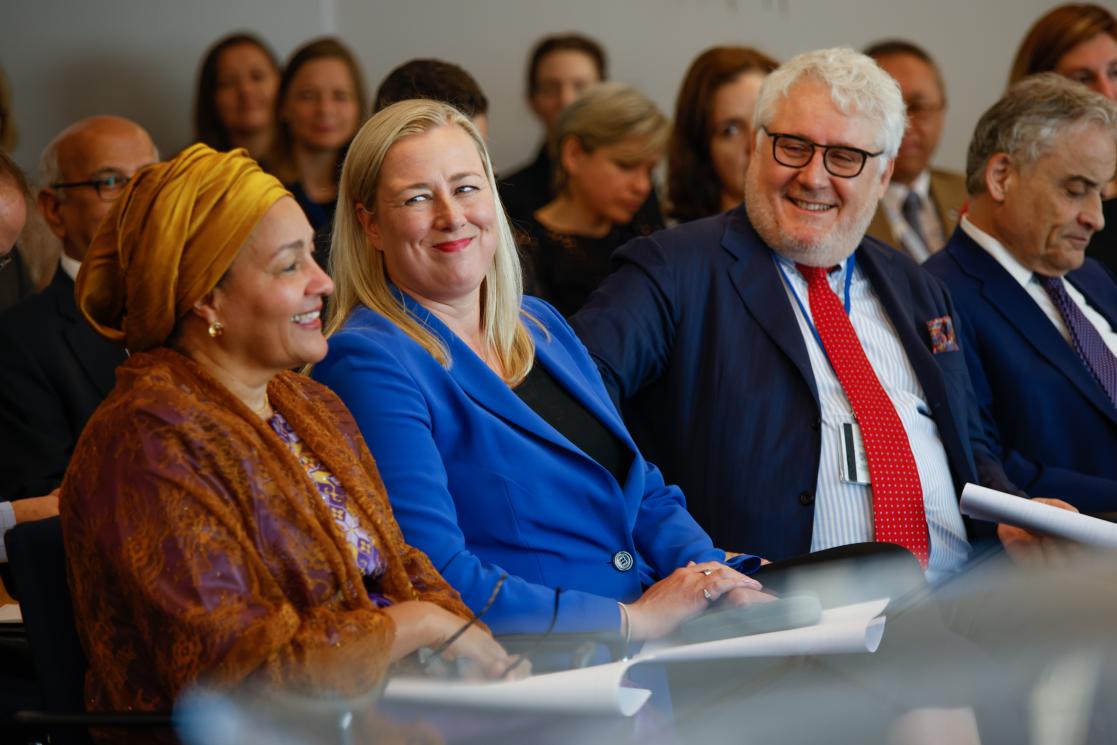Global Gateway
Global Gateway is the European strategy to boost smart, clean and secure connections in digital, energy and transport sectors, and to strengthen health, education and research systems across the world. Through a 'Team Europe approach', Global Gateway brings together the EU, its Member States and their financial and development institutions to mobilise the private sector to leverage investments promoting sustainable growth.
Fully aligned with the UN’s Agenda 2030 and the Paris Agreement, the Global Gateway is the EU’s contribution to narrowing the global investment gap worldwide. It embodies the conceptual shift towards mutually beneficial partnerships of equals and serves a double imperative: resilience abroad and at home. Through Global Gateway, the EU remains at the forefront of efforts to most effectively achieving the Sustainable Development Goals – by building partnerships at the national, regional and multilateral level, including at the UN.

2023 European Union/Kena Betancur
Between 2021 and 2027, Team Europe is mobilising up to €300 billion of investments for sustainable, transformational and high-quality projects, taking into account the needs of partner countries and ensuring lasting benefits for local communities. This allows the EU’s partners to create resilient and sustainable societies and economies, but also create opportunities for the EU Member States’ private sector to invest and remain competitive, whilst ensuring the highest environmental and labour standards, as well as sound financial management.
On 2 December 2024, the Council of the European Union endorsed 46 Global Gateway flagship projects for 2025.
The EU’s Global Gateway Strategy includes hundreds of sustainable and quality investment projects that, in close cooperation with our partners, the EU and its Member States develop and invest in. Projects identified as flagships are prominent examples of Global Gateway deliverables in the areas of digital, climate and energy, transport, health, education and research. Out of 46 Global Gateway flagship projects for 2025, close to half are in Africa, 18 are in Least Developed Countries (LDCs), 11 are in Land-locked Developing Countries (LLDCs), and two are in Small Island Developing States (SIDS).
